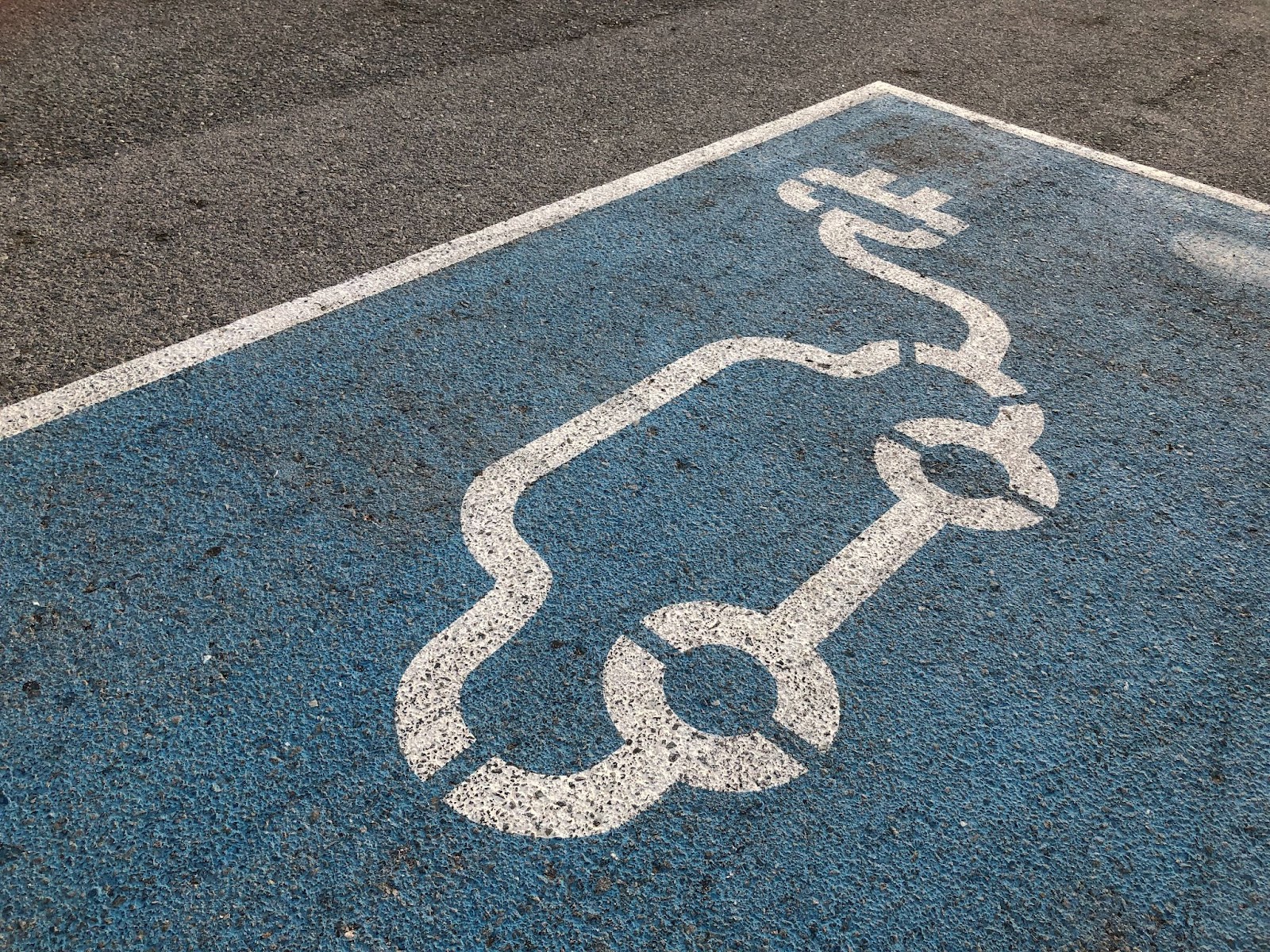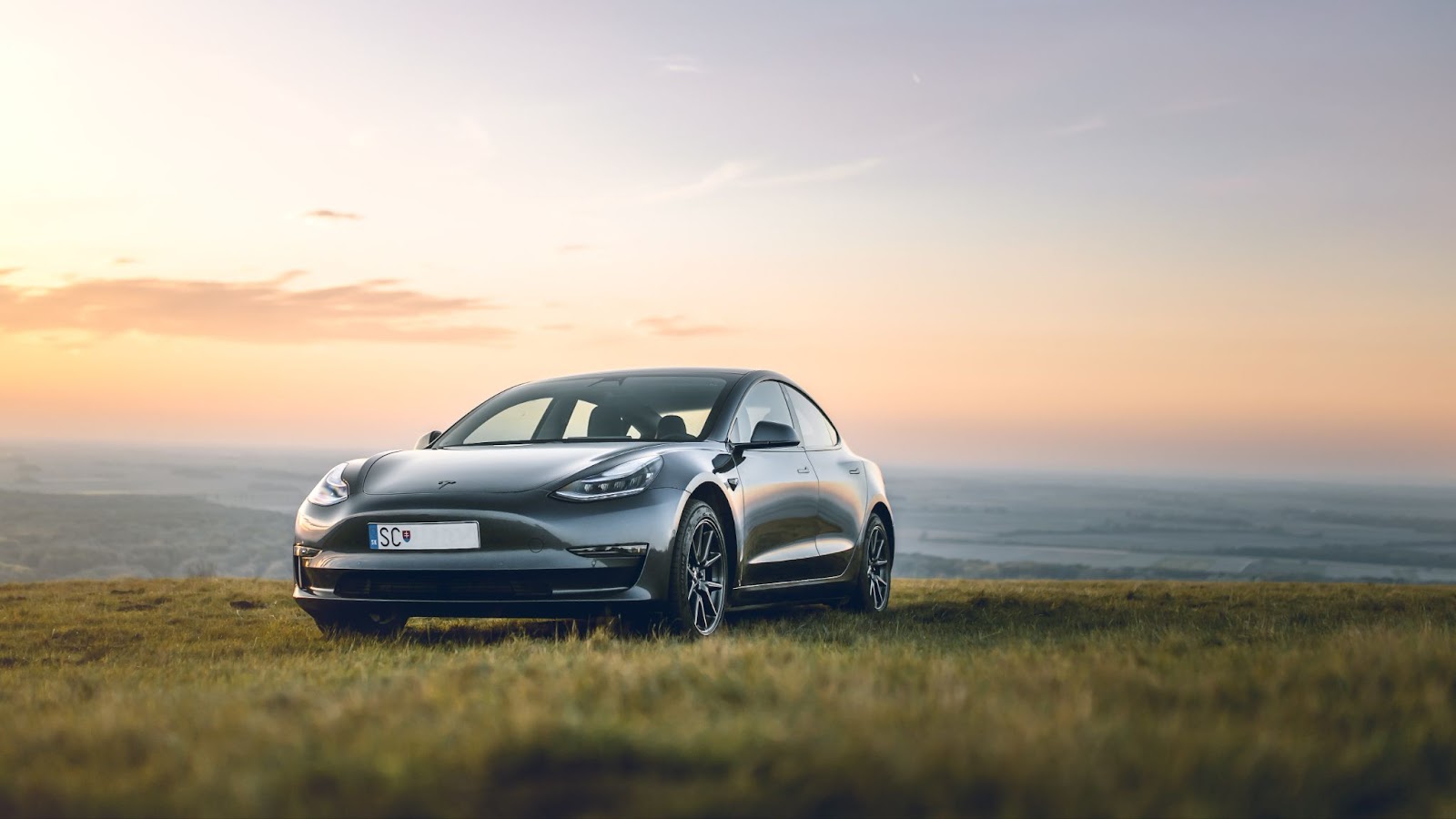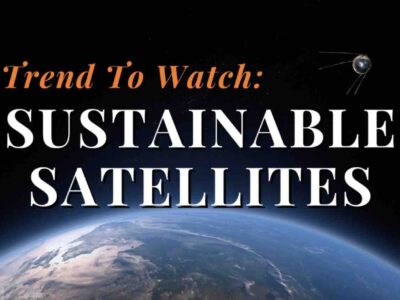On Dec. 19, 2023, the Canadian government announced new legislation requiring 100% zero-emission vehicle (ZEV) sales by 2035. The Canadian Ministry of Environment and Climate Change announced its Electric Vehicle Availability Standard to increase ZEV supply and meet consumer demand.
Reaching 100% ZEV sales is no small feat, but the Canadian government has a plan. Yearly sales targets are laid out in the standard, which increases every year leading up to 2035. By 2026, at least 20% of all Canadian vehicle sales need to be ZEVs, and that number goes to 60% by 2030. Ottawa believes the standard allows the country to catch up to many of its allies, the U.S. and U.K., who have been accelerating EV infrastructure.
The draft for this law was released in December 2022, when Canada committed itself to reducing the number of internal combustion engines on their roads. It is part of a larger greenhouse gas (GHG) reduction plan, which Canada hopes will cut emissions by 40–45% by 2030. Specifically, the regulations target light-duty vehicles like passenger sedans and SUVs.
The Nationally Determined Contributions, a U.N.-sanctioned measure for countries to follow in light of the 2015 Paris climate agreement, highlight public transportation as one key area to decarbonize. It also says Canada should fund more green initiatives, construct more efficient buildings, and introduce more ZEVs.

Photo Courtesy Red Dot
“Many Canadians are increasingly eager to make the switch to cleaner transportation since it’s a win-win-win in savings, their health, and the environment,” Steven Guilbeault, minister of environment and climate change, said in a news release. “Putting in place an Electric Vehicle Availability Standard fulfills a major climate commitment from our climate plan.”
The standard builds on another piece of legislation, the Passenger Automobile and Light Truck Greenhouse Gas Emission Regulations. This law was passed in 2011, putting stricter GHG standards in place to curb transportation emissions. However, it is not a full-stop plan, and the need for zero-emission vehicles has become more prevalent in recent years.
The question with EVs is meeting customer demand for cars and for charging. According to the government’s news release, the market for EVs is already growing.
In Q4 of 2023, British Columbia and Quebec had one of the highest rates of EV sales. One in every five cars sold in these two provinces was electric. The rate in the entire country is every one in eight vehicles sold.
The Canadian government sees these cars as more affordable in the long run. It says customers will save thousands of dollars on gas and maintenance. The switch to EVs is estimated to save owners more than $36.7 billion in energy costs. It also costs about $40 less to recharge a mid-sized electric car to travel 249 miles (400 kilometers) than to fill up at the pump in a traditional car.

Photo Courtesy Martin Katler
The government is allocating $1.2 billion to build around 85,000 EV charging stations across the country by 2029. Most current EV customers only charge at home. More public charging is expected to bring more electric fleet vehicles from businesses, not just private ownership. There are currently 25,000 public charging stations in Canada, with more than 10,000 funded by the government.
“Zero-emission vehicles are where the rubber hits the road for cost-conscious Canadians who want to help the environment while getting off the roller-coaster of high gasoline prices,” Guillbeault said in a 2022 statement.
Canada joins California as one region of North America requiring 100% ZEV sales by 2035. Fifteen states plus D.C. are following the Golden State’s lead. The European Union and the U.K. also have ZEV sales laws in place.





